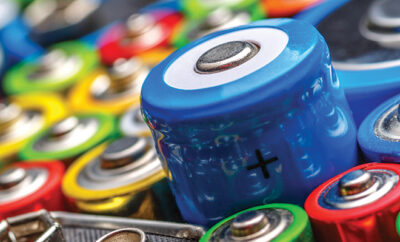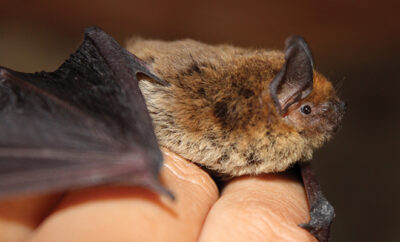
Grass or Concrete?
In August 2017, as Hurricane Harvey dumped a record amount of rain on Houston, city planning experts weren’t surprised by the massive flooding that followed. It’s bad enough that the fourth-largest city in America sits on flat prairieland that’s prone to flooding, several streams and rivers that flow through the city contribute to the situation.
When those channels become swollen with rain as they did last summer, Houston becomes what has been described as a drain in a huge bathtub. With too much pavement and too many buildings, there’s nowhere for the water to go.
When Joni Mitchell sang about paving paradise and putting up a parking lot, she was probably thinking about urban blight. As seen in Houston, there’s another down side to unchecked growth and development. Rain falling on impermeable services such as concrete can’t be absorbed. Instead, it becomes runoff that flows through anything in its way, including roads, homes, businesses and parking structures. In Houston, critical acres of prairie that once were able to absorb rainwater have been paved over and the city has come to rely more heavily on a system of bayous for evacuating floodwater. After a disaster like Hurricane Harvey, many experts are calling for some of the effort spent on bayou maintenance to be diverted to managing the city’s growth and preserving more green space.
The U.S. Census Bureau reports that 80 percent of us live in cities. With so many people calling an urban environment home, even cities that aren’t facing Houston’s flooding nightmare owe it to their residents to preserve as much green space as possible. It can be a monumental challenge when developers are competing for the same space and resources.
There are multiple reasons to set aside green space in a city. Lawns, trees and shrubs help improve air quality by removing dirt, smoke and other pollutants. Trees and plants remove carbon dioxide from the atmosphere and release oxygen, lessening the impact of auto emissions. Green space also reduces energy consumption for businesses and residents by counteracting the heating effect of paved surfaces and unshaded areas.
Research has shown a connection between the health of people in cities and their access to public open spaces, causing modern urban planners to put as much value on the wellbeing of a city’s residents as on the development of its buildings and roads. Green space gives city dwellers room for recreation, relaxation and outdoor sports. Besides giving people a place to get a healthy amount of physical activity, urban green space contributes to residents’ mental health by helping to relieve depression and reduce stress. The positive health effects of green space can in turn lead to reductions in healthcare costs.
While Houston is playing catch up when it comes to dealing with their flood problem, other cities have attacked the problem head on. In Philadelphia, a recent I-95 reconstruction project included the construction of dozens of rain gardens that are designed to prevent rainwater that overflows the roadway from flowing into the city’s overburdened storm water system and eventually ending up in the Schuylkill or Delaware Rivers. The gardens are built on a grade and include tall grasses, trees and wildflowers that were carefully chosen for their hardiness.
New York City’s High Line Park, a former freight rail line converted to a public trail, is serving as a model for many cities trying to carve more green space out of urban space. Developed in 2009, the elevated trail runs for 1.45 miles on Manhattan’s West Side and is planted with native vegetation. The High Line draws millions of visitors annually and has stimulated redevelopment in the area.
The problem of too much concrete isn’t limited to American cities. Around the world, urban planners are finding new ways to incorporate green space. Singapore is often called the Garden City due to its abundant parks, trees and gardens. Although the city underwent a period of rapid expansion, city planners have recently made a commitment to the public spaces that make up the city’s green infrastructure. They have provided incentives for builders to replace green space lost to development with green space in the sky in the form of terrace and rooftop gardens.
Singapore is also planning to connect many of its parks into a single vast network with 400 miles of trails to create the illusion of even more green space. This type of network makes it easier to get around by walking and biking, improving access to more parts of the city for more people. It also helps people get involved in the natural habitat around them without leaving the city. Urban planners around the world are watching how Singapore is developing its green space and working on their own green thumbs. ■
Sources: propublica.org, npr.org, theatlantic.com, chicagotribune.com and projectevergreen.org.







